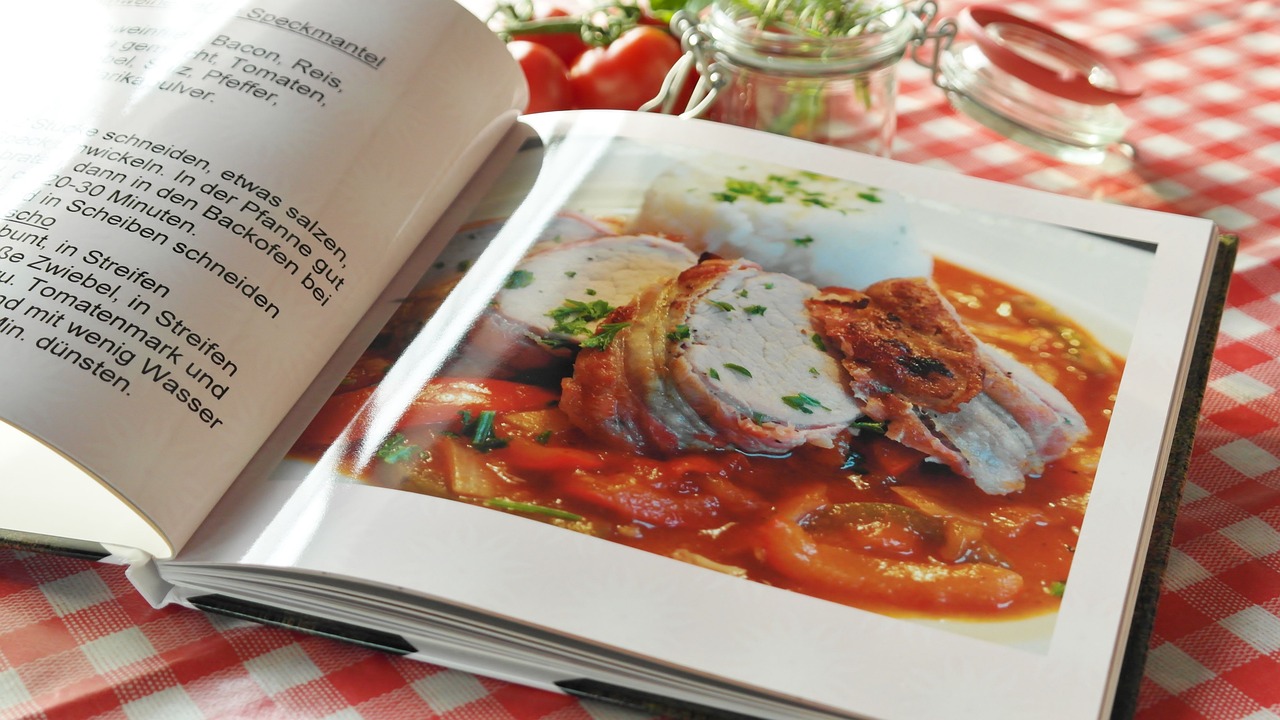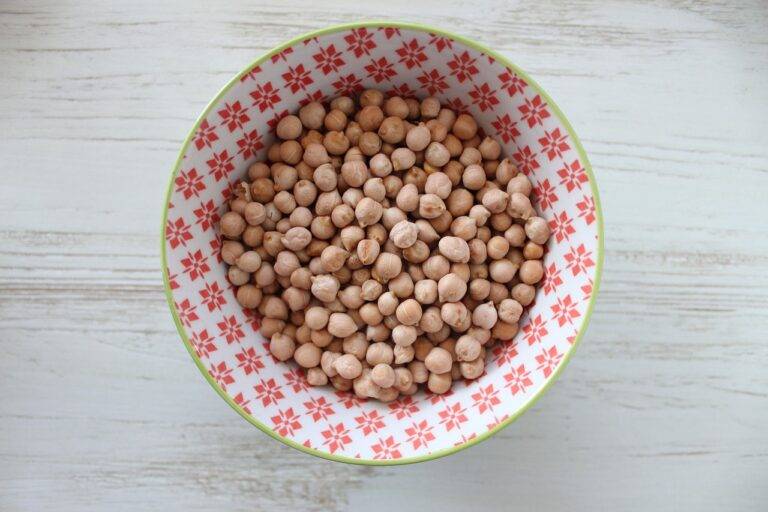The Science of Food Preservation: Exploring Preservation Methods
Food preservation plays a crucial role in ensuring food security and preventing wastage. By extending the shelf life of perishable items, preservation methods enable individuals and communities to store food for longer periods, reducing the risk of shortages during times of scarcity or emergencies. This practice also enables food to be transported over long distances without spoilage, allowing for a more efficient and widespread distribution of resources.
Moreover, food preservation contributes to maintaining nutritional quality and safety standards. By inhibiting the growth of harmful bacteria and microorganisms, preservation techniques help to preserve the essential nutrients in food items. This not only ensures that individuals have access to a variety of nutrients year-round but also helps in preventing foodborne illnesses that may arise from consuming spoiled or contaminated food. In essence, food preservation plays a vital role in promoting food security, reducing food waste, and safeguarding public health.
Different Methods of Food Preservation
When it comes to preserving food, there are various methods that have been practiced for centuries to ensure food safety and longevity. One common method is canning, where food is sealed in airtight containers and heated to destroy microorganisms, enzymes, and other potential spoilers. This process helps to extend the shelf life of foods such as fruits, vegetables, and meats.
Another popular method of food preservation is freezing. Freezing halts the growth of bacteria, yeast, and mold through the low temperature that inhibits their activity. By freezing food, perishable items like meat, fish, and dairy products can be stored for an extended period without losing their quality or nutritional value.
Why is food preservation important?
Food preservation helps to extend the shelf life of food, prevent spoilage, maintain food quality, and reduce food waste.
What are some common methods of food preservation?
Some common methods of food preservation include canning, freezing, drying, pickling, and fermenting.
How does canning work as a method of food preservation?
Canning involves sealing food in airtight containers and heating them to destroy microorganisms that cause spoilage.
How does freezing work as a method of food preservation?
Freezing food slows down the growth of microorganisms, enzymes, and chemical reactions that cause food spoilage.
What is the process of drying as a method of food preservation?
Drying involves removing moisture from food to prevent the growth of microorganisms and preserve the food for later use.
How does pickling work as a method of food preservation?
Pickling involves immersing food in a solution of salt, vinegar, or brine to create an environment where microorganisms cannot grow.
What is fermentation and how is it used as a method of food preservation?
Fermentation is a process in which microorganisms like bacteria and yeast break down sugars in food to create compounds that preserve the food and enhance its flavor.
Are there any natural methods of food preservation?
Yes, natural methods of food preservation include using salt, sugar, vinegar, and spices to inhibit the growth of microorganisms and preserve food.





